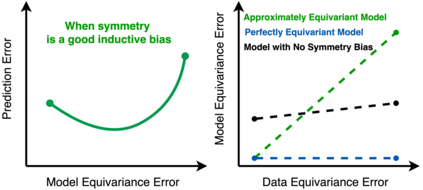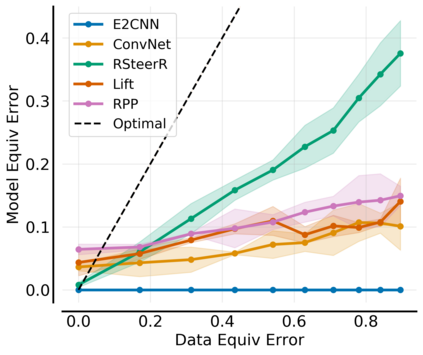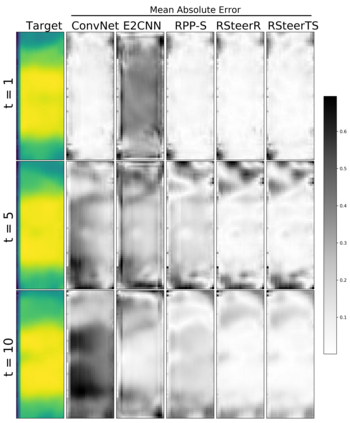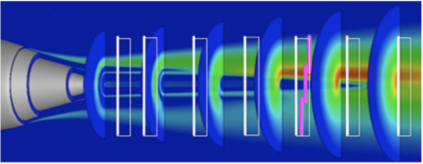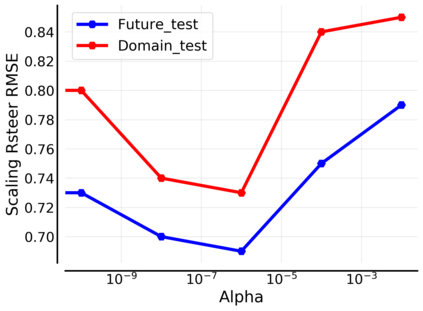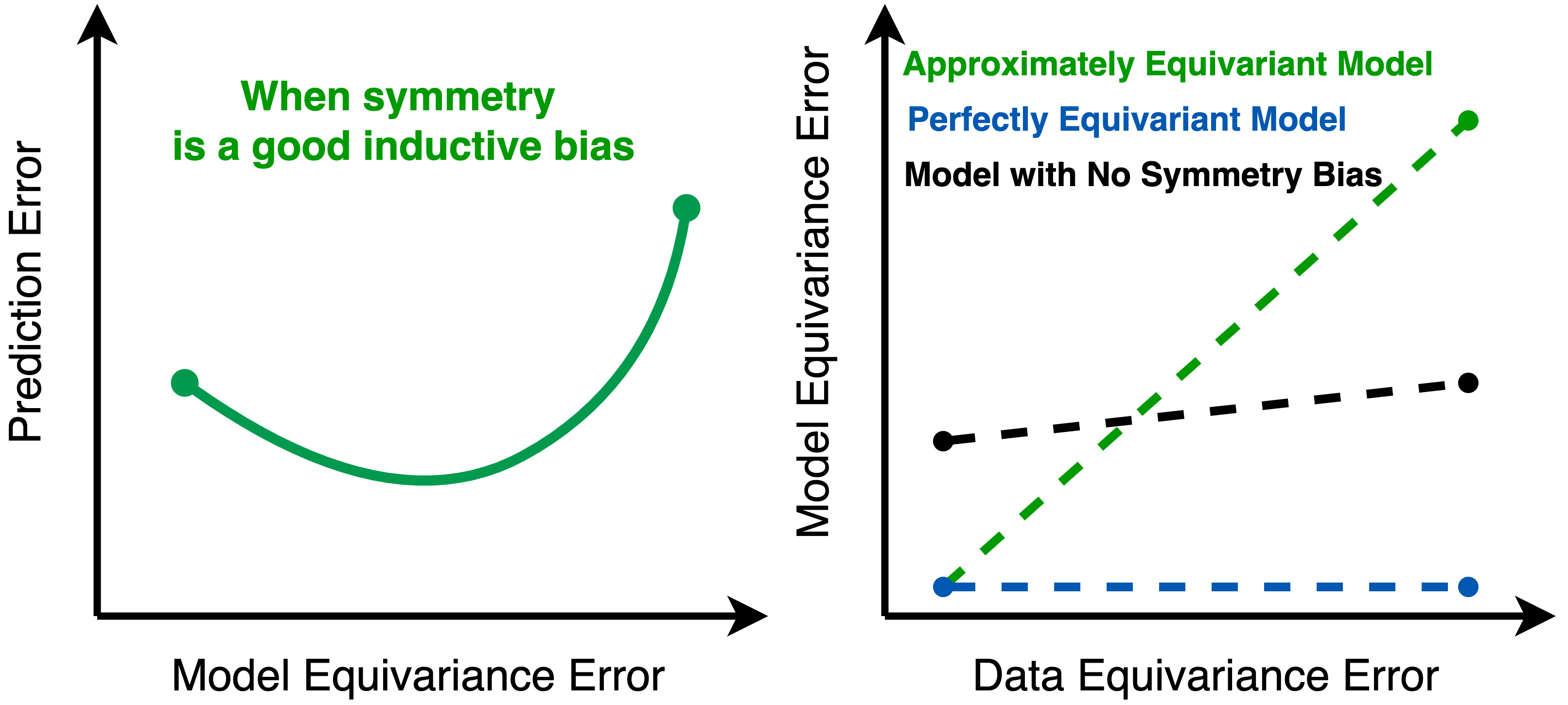Incorporating symmetry as an inductive bias into neural network architecture has led to improvements in generalization, data efficiency, and physical consistency in dynamics modeling. Methods such as CNNs or equivariant neural networks use weight tying to enforce symmetries such as shift invariance or rotational equivariance. However, despite the fact that physical laws obey many symmetries, real-world dynamical data rarely conforms to strict mathematical symmetry either due to noisy or incomplete data or to symmetry breaking features in the underlying dynamical system. We explore approximately equivariant networks which are biased towards preserving symmetry but are not strictly constrained to do so. By relaxing equivariance constraints, we find that our models can outperform both baselines with no symmetry bias and baselines with overly strict symmetry in both simulated turbulence domains and real-world multi-stream jet flow.
翻译:将对称作为感性偏向纳入神经网络结构已导致动态建模的一般化、数据效率和物理一致性的改善。 CNN或等同神经网络等方法使用权重搭配来强制实施对称性,如变换或旋转等。然而,尽管物理法符合许多对称性,但现实世界动态数据很少符合严格的数学对称性,无论是由于数据噪音或不完整,还是由于内在动态系统中的对称性断裂特征。我们探索了偏向于保持对称性但不受严格约束的近等异性网络。通过放松对等性限制,我们发现我们的模型可以超越基线,而没有对称性偏差和基线,在模拟的波动领域和现实世界的多流式喷气流中都存在过于严格的对称性。

